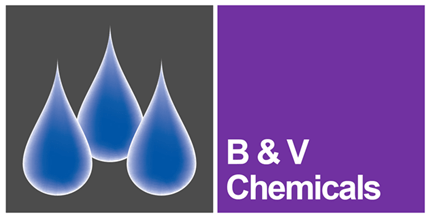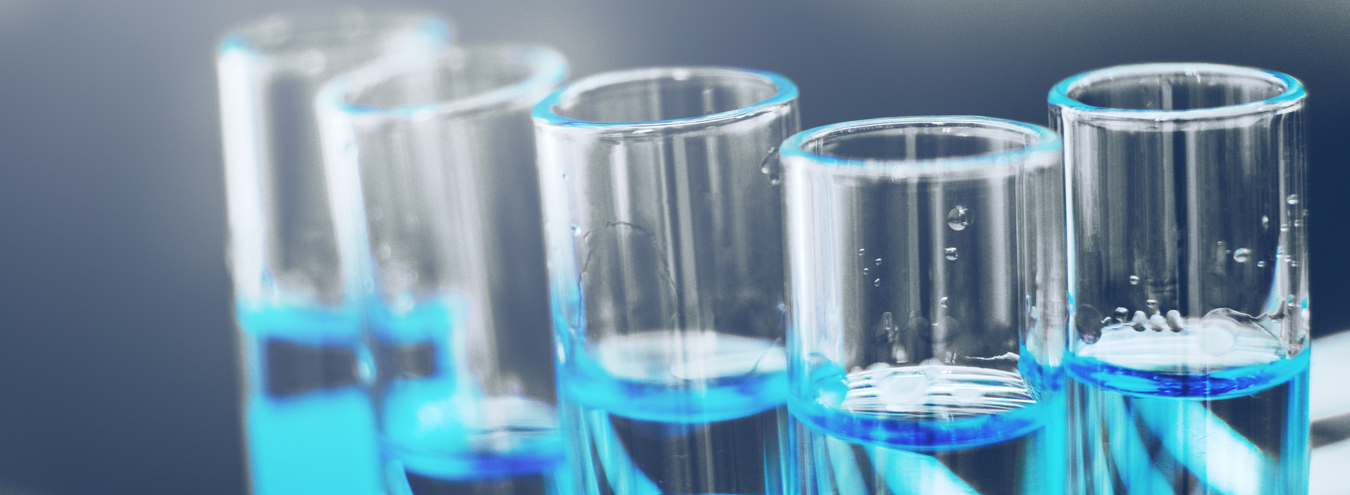In last week’s blog post, we gave an overview of the potential problems caused by microbiological growth in closed circuit systems. In this week’s blog post, the fifth in the series relating to BSRIA BG29 2020, we examine the main differences in microbiological test methods and specifications in the new standard in relation to the previous 2012 edition.
The compilation of the new BSRIA BG29 involved extensive discussions regarding the microbiological specifications in the guide. There are a number of changes both in microbiological specifications, as well as suggested analytical test methods for bacterial analyses. These changes will hopefully give rise to more accuracy in analysis, more straightforward interpretation of results and a quicker turnaround in reporting.
Here is an overview of the new revisions:
TVC 22°C after 72 hours incubation
Test method:
BSRIA BG29/2012 and BSRIA BG29/2020 both refer to the same test method for TVC (total viable count) - as described in BS8552. A suitable reference method is BS EN ISO 6222 (see also BS EN ISO 19458). The guidelines state that separate sub-samples should be used to enumerate the TVC after 72 hours incubation at a temperature of 22°C. The results should be expressed as number per ml.
Specifications:
Fill water quality - BSRIA BG29 2020 specifies a lower acceptable TVC for fill water quality, which is more representative of what should be present in mains water. A suitable biocide for the treatment of the initial fill water may be used to ensure the microbiological quality complies with these specifications.
Guidelines for system water seven days after completion of pre-commission cleaning - Microbiological limits for TVC have been retained at 10,000cfu/ml, in line with the recommendations for the avoidance of biofilms in cooling towers (as outlined in HSG 274 Part 1). Evidence has shown that this overall TVC limit can achieve an acceptable level of control over both free-flowing and surface-adhering bacteria.
|
Parameter |
Suggested range BSRIA BG29/2012 |
Suggested range BSRIA BG29/2020 |
|
TVC at 22oC- fill water |
<10,000 cfu/ml and no increasing trend |
<1000 cfu/100ml |
|
TVC at 22oC- system water 7 days after completion of pre-commission cleaning (unless otherwise agreed) |
<10,000 cfu/ml |
≤10,000 cfu/ml |
|
TVC at 22oC -Guideline for practical completion (unless otherwise agreed with the specifier) |
<100,000 cfu/ml and no increasing trend |
≤10,000 cfu/ml |
Pseudomonas spp (Pseudomonads)
Test method:
The method described in BSRIA BG29/2012 followed the method outlined in BS 8552. A suitable reference method is BS EN ISO 13720, using pseudomonas selective agar base with CFC selective supplement for pseudomonas species. The normal incubation period is 48 hours at a temperature of 30°C. The result should be expressed as number per 100ml.
This method was developed for the analysis of drinking water. Not only was it difficult for people to interpret the cfu/100ml results, the Pseudomonas results often did not directly relate to TVC results, as in certain instances the filtration step could give rise to inaccuracies.
The recommended method for Pseudomonas testing in BSRIA BG29/2020 is to use a method to ensure results are obtained using cfu/ml as additional indicator of the potential for biofilm development. This method allows Pseudomonas and TVC results to be directly correlated. The analysis methods will be more straightforward, and from personal experience, also likely to be more accurate.
Specifications:
Fill water quality - BSRIA BG29/2012 stipulated <1000cfu/100ml for fill water quality, which equates to <10cfu/ml. As Pseudomonads are ubiquitous in the environment and are part of the normal flora of mains water, the level has been revised to a more realistic level of 1000cfu/ml, as an additional indicator of the potential for biofilm growth. The Pseudomonad level remains the same throughout the specifications in BSRIA BG29/2020, as indicated below.
|
Parameter |
Suggested range BSRIA BG29/2012 |
Suggested range BSRIA BG29/2020 |
|
Pseudomonads – Fill Water |
<1000 cfu/100ml |
<1000 cfu per ml at 30oC |
|
Pseudomonads- system water 7 days after completion of pre-commission cleaning (unless otherwise agreed) |
<1000 cfu/100ml at 30oC and no increasing trend |
<1000 cfu/ml at 30oC |
|
Pseudomonads - Guideline for practical completion (unless otherwise agreed with the specifier) |
<10,000 cfu/100ml at 30oC and no increasing trend |
<1000 cfu/ml at 30oC |
Sulphate-reducing bacteria
Test method:
The 21 days incubation test method used in BSRIA BG29/2012 (as described in BS8552) is suggested as NACE TM0194-1994. Samples are incubated in Postgate Medium B9 for 21 days at 30°C, and the result expressed as “presence” or “absence”.
BSRIA BG29/2020 recommends that the short-term (five-day) sulphate-reducing bacteria (SRB) test is suitable for this application. In other words, SRB should be determined by a five-day test - a single sample split into four inoculated tubes to give 92% probability of detection, as indicated in BS8552.
Specifications:
There are no changes in the specifications regarding SRB results.
|
Parameter |
Suggested range BSRIA BG29/2012 |
Suggested range BSRIA BG29/2020 |
|
SRB’s- system water 7 days after completion of pre-commission cleaning (unless otherwise agreed) |
Absent |
Absent |
|
SRB’s -Guideline for practical completion (unless otherwise agreed with the specifier) |
Absent |
Absent |
Interpretation of results
The analysis of microbiological results is greatly simplified in BSRIA BG29/2020 compared to the BSRIA BG29/2012. Instead of graphic representations and geometric means as required under BSRIA B29/2012, a straightforward explanation of the interpretation of microbiological results is required, as outlined in section 3.4 of the updated guide.
For technical advice on the selection of biocides for use in closed circuit systems to ensure microbiological control, contact our technical team.
Parts of this blog is reproduced from BSRIA BG29/2020 Pre-commission Cleaning of Pipework Systems 6th edition.




